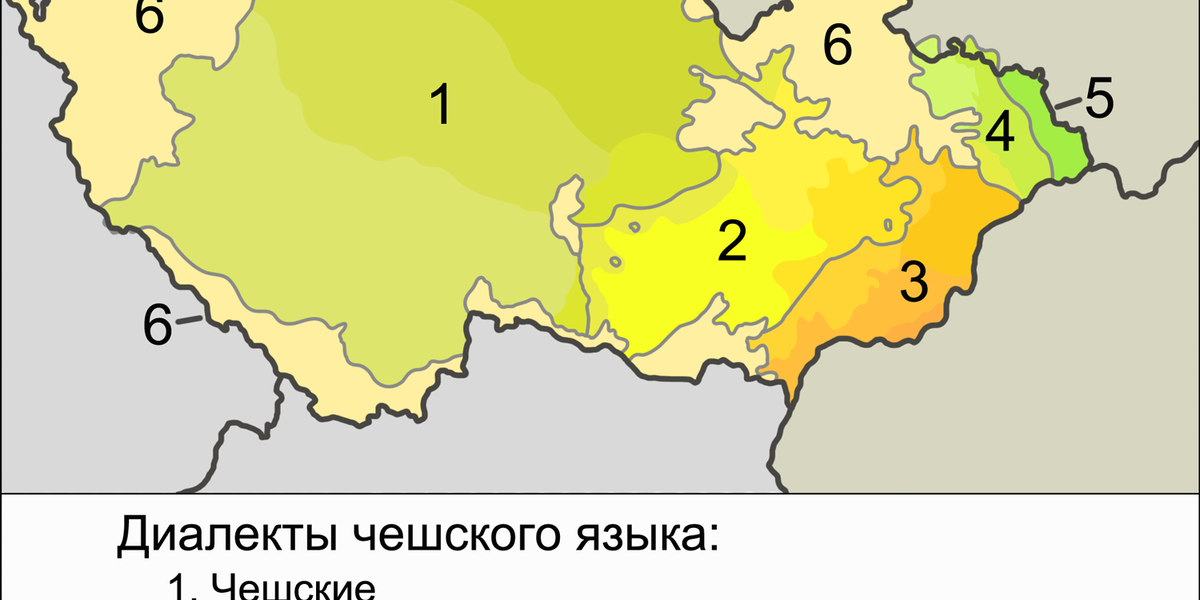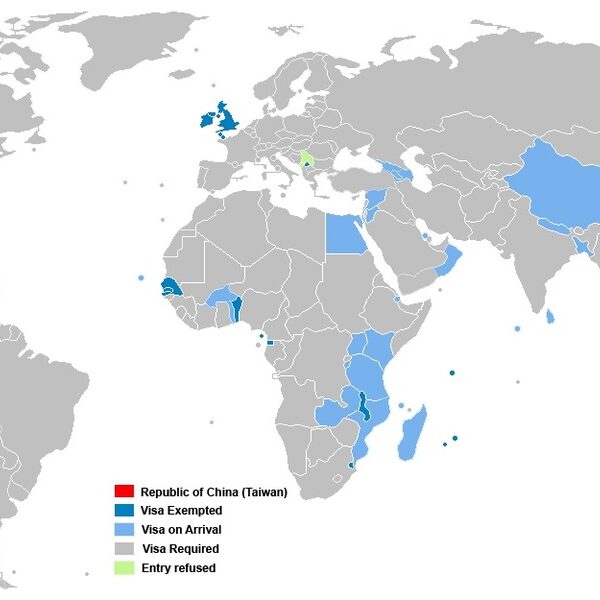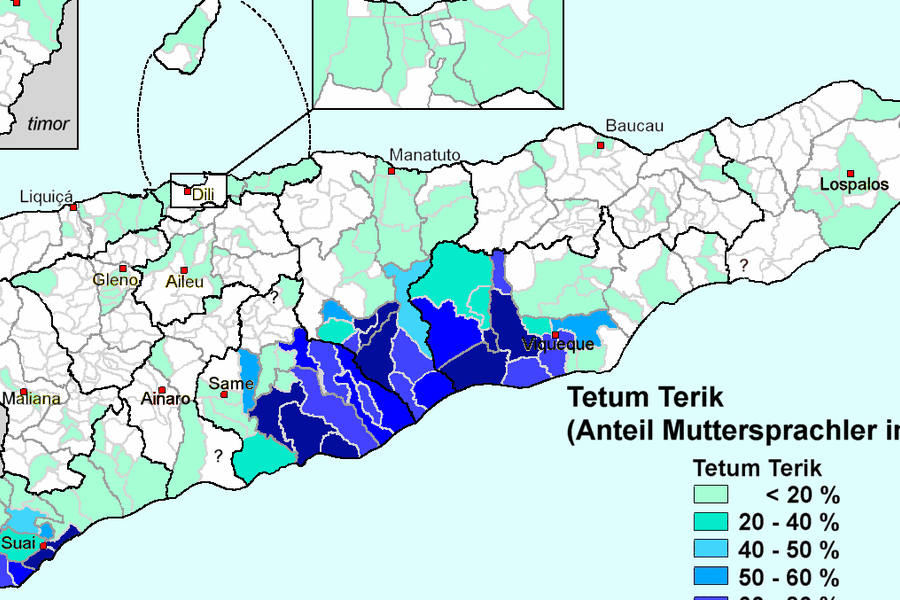The Czech Republic’s speech landscape reflects centuries of local history, migration and border influences. Small towns and rural areas often keep distinct pronunciations and vocabulary that reveal regional identity as clearly as architecture or cuisine.
There are 19 Dialects in Czech Republic, ranging from Bohemian-Moravian border dialects to West Bohemian. I organized the list with Region,Approx speakers,Key features so you can quickly compare scope and traits — you’ll find the full list below.
How different are these dialects from standard Czech?
Many dialects are mutually intelligible with standard Czech but vary in pronunciation, some grammar forms and local words; speakers from Prague or Brno usually understand most dialects, though very local rural speech can sound unfamiliar to outsiders.
Can this list help me locate where a dialect is spoken today?
Yes — the Region and Approx speakers columns point to current geographic areas and relative size, while Key features note distinctive sounds or words, which together make it practical for mapping dialects to places you’ll visit or study.
Dialects in Czech Republic
| Dialect | Region | Approx speakers | Key features |
|---|---|---|---|
| Prague dialect | Prague city and immediate suburbs | 1,300,000 | Urban slang, shortened vowels, lexical innovations |
| Central Bohemian | Central Bohemia (around Prague outskirts) | 1,100,000 | Vowel shifts, conservative consonants, stress patterns |
| West Bohemian | Plzeňský and Karlovarský regions | 1,200,000 | Diphthongization, reduced vowels, specific lexicon |
| Plzeň (Pilsner) | Plzeň city and surrounding area (west Bohemia) | 580,000 | Harder r, vowel quality shifts, local expressions |
| South Bohemian | Jihočeský region (České Budějovice area) | 640,000 | Long vowels, melodious prosody, archaic words |
| East Bohemian | Hradec Králové and Pardubice regions | 900,000 | Palatalization patterns, vowel raising, lexical traits |
| North Bohemian | Ústí, Liberec, northern border areas | 1,000,000 | Consonant clusters, vowel shortening, German influence |
| Haná (Hanakian) | Central Moravia around Olomouc | 700,000 | Shortened vowels, e-raising, unique lexicon |
| Central Moravian | Olomouc and surrounding districts | 1,000,000 | Vowel length shifts, melodic intonation, rural lexis |
| South Moravian | Brno and South Moravia (Jihomoravský kraj) | 1,150,000 | Open vowels, melodic pitch, Slovak loanwords |
| Slovácko (Moravian Slovakia) | Zlín and Hodonín districts (southeast Moravia) | 600,000 | Diphthongs, Slavic-Slovak influence, folk lexicon |
| Valašsko (Wallachian) | Eastern Moravia (Valašsko highlands) | 300,000 | Intonation patterns, archaisms, dialectal vocabulary |
| Lachian (Lašsko) | Silesian-Moravian border highlands (Lašsko) | 200,000 | Polish influence, pitch accent traces, vowel changes |
| Těšín (Těšínsko) dialect | Czech part of Cieszyn Silesia (Těšínsko) | 60,000 | Polish and Czech mix, lexical borrowing, phonetic blending |
| Moravian-Silesian | Moravian-Silesian Region (Ostrava area) | 800,000 | Industrial lexicon, vowel simplification, Polish contact |
| Hlinecko (Bohemian-Moravian Highlands) | Vysočina and nearby Bohemian-Moravian Highlands | 120,000 | Archaic grammar, melodic speech, rural vocabulary |
| Bohemian-Moravian border dialects | Borders between Bohemia and Moravia (Vysočina) | 250,000 | Mixed features from Bohemia/Moravia, transitional lexicon |
| North Moravian Highlands | Nízký Jeseník and Hrubý Jeseník foothills | 90,000 | Conservative consonants, vowel quality, mountain lexicon |
| East Moravian (Horňácko and similar) | Northeastern Moravia near Slovak border | 80,000 | Folk intonation, archaic forms, Slovak influence |
Images and Descriptions
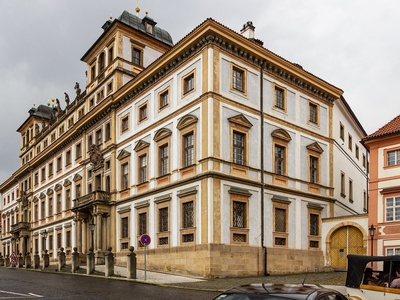
Prague dialect
The Prague dialect is the urban everyday speech of the capital, mixing Standard Czech with local slang, shortened vowels and distinctive intonation. Widely understood nationwide, it influenced the modern standard and reflects urban social and cultural changes.

Central Bohemian
Central Bohemian covers villages and towns around Prague. It preserves many older Czech sounds while showing local vowel shifts and prosody. Mutual intelligibility with Standard Czech is high, though local vocabulary and pronunciation remain recognizable to listeners.
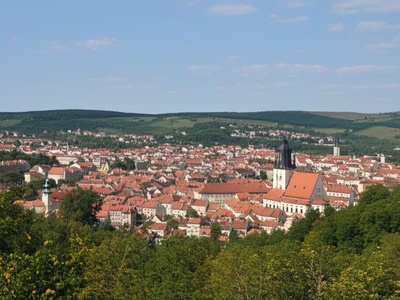
West Bohemian
West Bohemian dialects show diphthongization of long vowels and reduced unstressed vowels. Common west-Bohemian vocabulary and a slower intonation make it distinct but still mutually intelligible with Standard Czech.
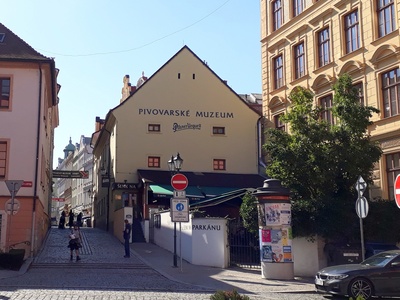
Plzeň (Pilsner)
The Plzeň variety is the recognizable speech of the city of Plzeň: robust pronunciation, specific vowel coloring and many local idioms. It’s an urban subvariety of West Bohemian, familiar from regional media and culture.
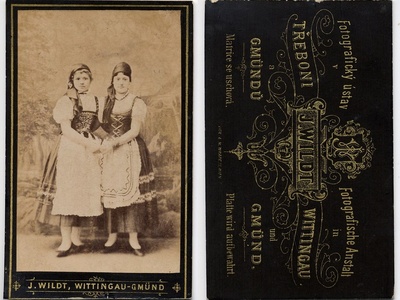
South Bohemian
South Bohemian dialects have a melodious rhythm, longer vowel realization and retain some archaic vocabulary. They are clearly regional but generally intelligible; rural speakers may sound markedly different from the standard.

East Bohemian
East Bohemian speech spans towns east of Prague and shows characteristic palatalization and vowel raising. Local idioms and pronunciation mark regional identity, while comprehension with Standard Czech remains straightforward for most listeners.
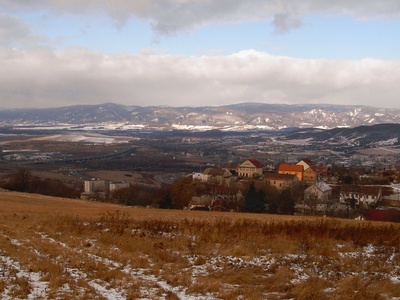
North Bohemian
North Bohemian dialects reflect historical German contact, with specific consonant clusters and shorter vowels. Differences from Standard Czech are noticeable but do not prevent mutual understanding except for strong local forms.
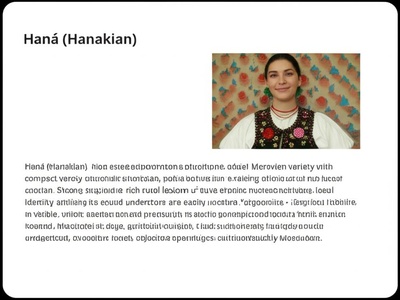
Haná (Hanakian)
Haná is a prominent Moravian variety with compact vowels, distinct e-raising and a rich rural lexicon. Strong local identity and folklore keep it visible; speakers are easily understood but sound unmistakably Moravian.
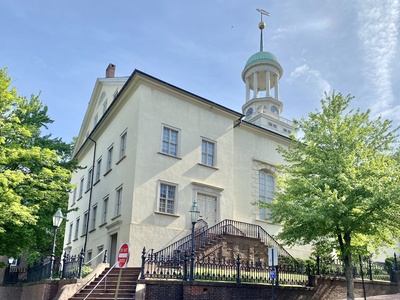
Central Moravian
Central Moravian dialects cover a broad area and share melodic intonation and vowel shifts different from the standard. Rural speech preserves older forms; mutual intelligibility with Standard Czech is generally good.
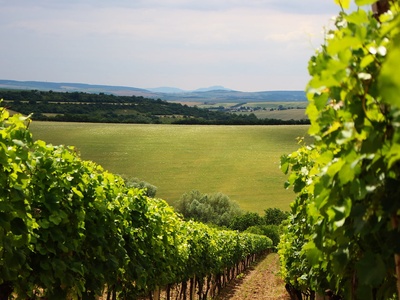
South Moravian
South Moravian speech around Brno features open vowels, a singsong intonation and numerous local expressions. Close contact with Slovak varieties influenced vocabulary, creating a distinct regional flavor while remaining intelligible.
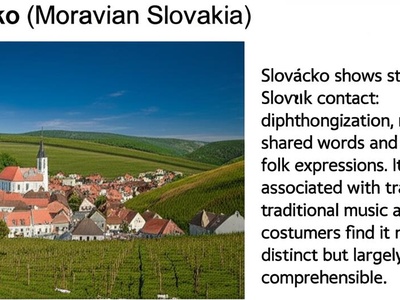
Slovácko (Moravian Slovakia)
Slovácko shows strong Slovak contact: diphthongization, many shared words and vivid folk expressions. It’s associated with traditional music and costumes; listeners find it regionally distinct but largely comprehensible.
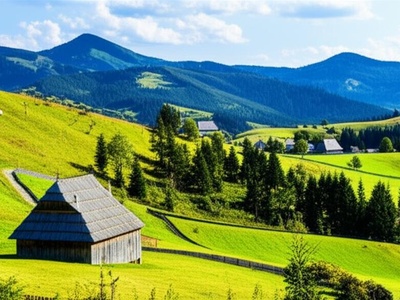
Valašsko (Wallachian)
Wallachian dialects of eastern Moravia combine mountain-influenced intonation with archaisms and specialized vocabulary. The result is a colorful regional speech often linked to folk culture and distinct local identity.
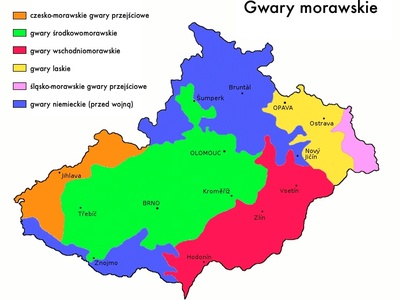
Lachian (Lašsko)
Lachian dialects form a transitional group with noticeable Polish contact and unique prosody. Czech dialectologists often treat them as part of Czech dialectology because of shared features and historical ties to Moravian speech.
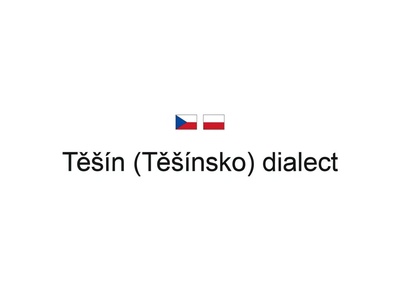
Těšín (Těšínsko) dialect
The Těšín dialect is heavily influenced by Polish due to the borderland setting. It blends Czech and Polish traits in pronunciation and vocabulary; some forms are hard for outsiders but many speakers code-switch fluidly.
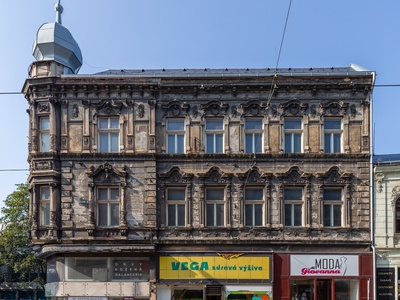
Moravian-Silesian
Dialects in the Moravian-Silesian region reflect industrial history and Polish contact. They simplify some vowel contrasts and include regional vocabulary from mining and steelwork, remaining broadly intelligible to other Czech speakers.
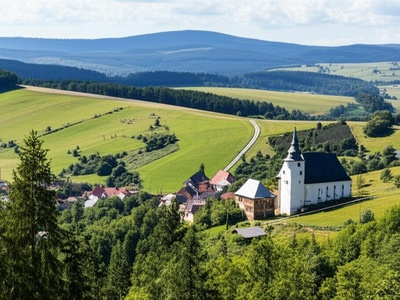
Hlinecko (Bohemian-Moravian Highlands)
Hlinecko is a well-documented highland dialect preserving archaic grammar and a melodic delivery. Its folkloric features and preserved older words make it interesting for linguists and listeners who travel the highlands.

Bohemian-Moravian border dialects
Borderland dialects blend Bohemian and Moravian traits, creating transitional pronunciations and mixed vocabulary. They show how dialect continua cross administrative borders, often sounding familiar but locally marked.

North Moravian Highlands
Highland North Moravian dialects keep conservative consonant pronunciations and local vocabulary tied to mountain life. They are regionally distinct and of strong interest to dialectologists studying older Czech features.
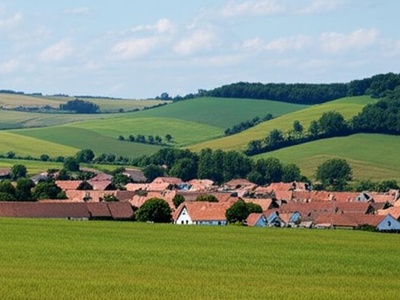
East Moravian (Horňácko and similar)
East Moravian varieties like Horňácko are known for their archaic verbal forms and strong folk intonation. Close cultural ties with Slovak areas add vocabulary and pronunciation traits that mark them as uniquely local.

